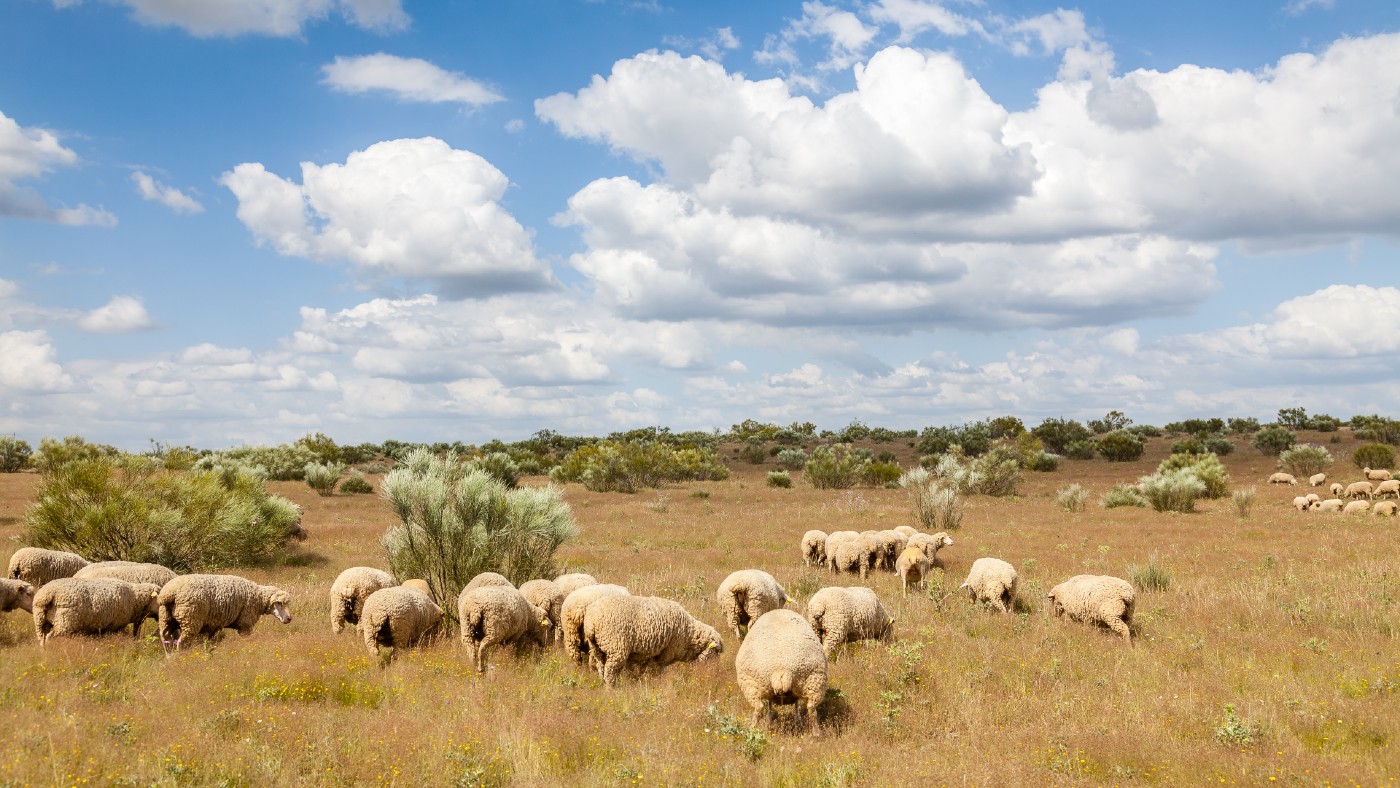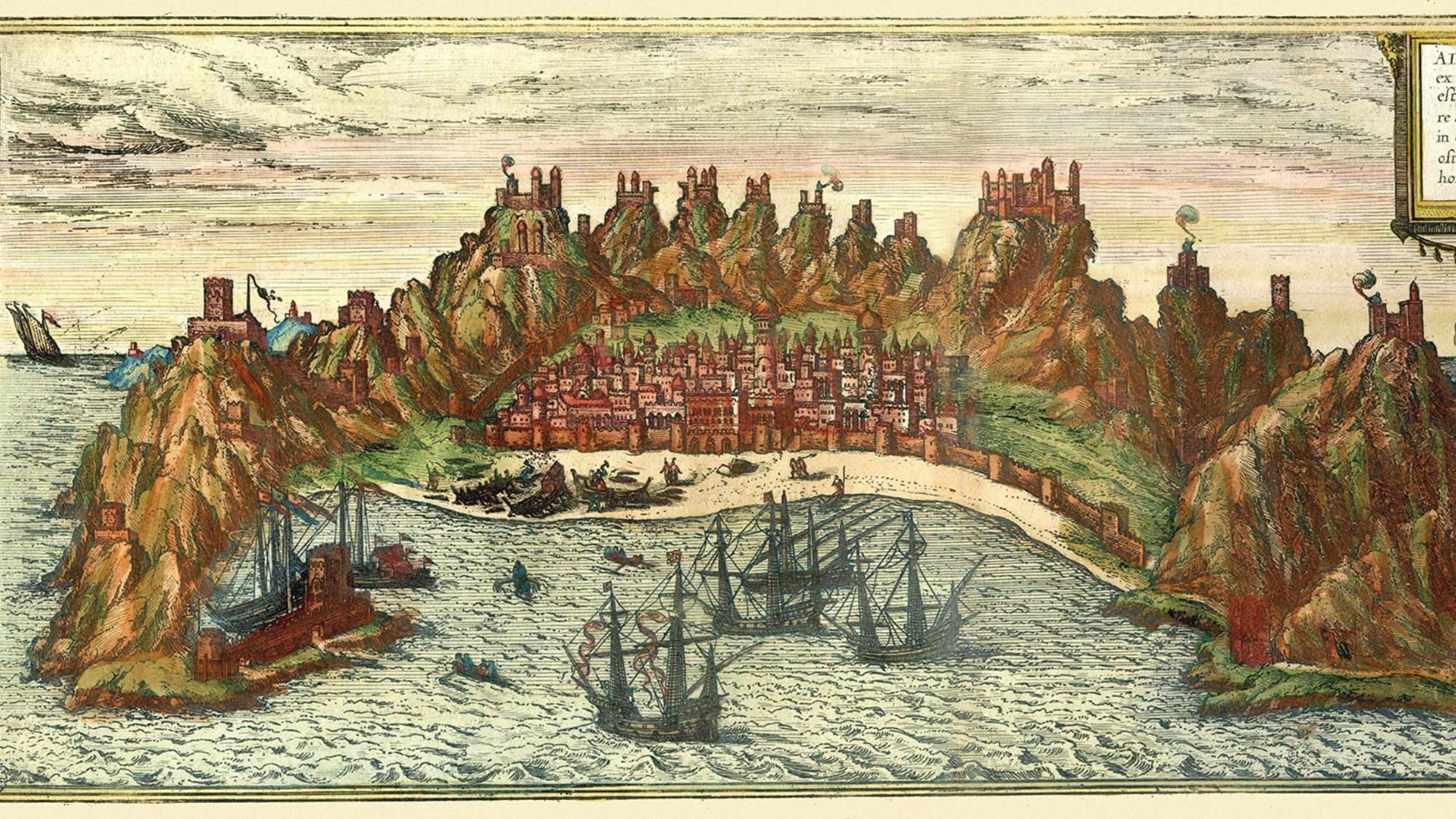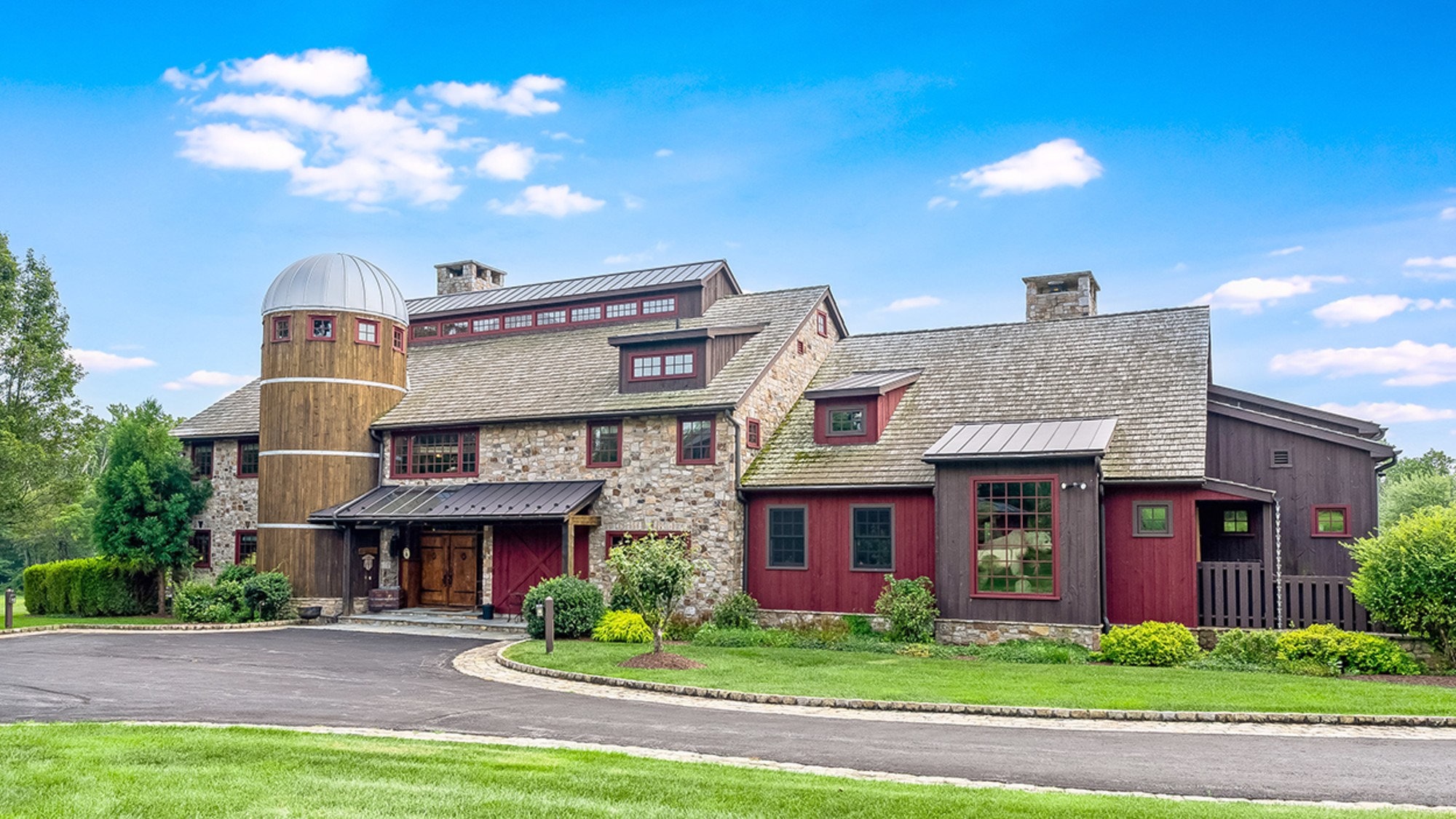Trip of the week: pigs and palaces in Extremadura
With vast landscapes and granite villages, Spain’s wild west has an ‘austere’ beauty

Covering an area the size of Switzerland, but with only a million or so inhabitants, Extremadura has long been “a byword for backwardness”. And this landlocked region, in Spain’s far west, can seem forbidding, says Paul Richardson in Condé Nast Traveller. But its vast landscapes and granite villages have an “austere” beauty, and among them are cultural treasures aplenty.
The south, with its vineyards and olive groves, feels like neighbouring Andalucia; the north is greener, rising to the rugged peaks of the Sierra de Gredos; and scattered throughout are stretches of dehesa, a semi-cultivated woodland of holm oaks where black-footed Iberico pigs gorge on acorns, producing the world’s most delicious and expensive hams.
The region’s greatest works of art are the eight “blindingly beautiful” portraits of monks by the 17th century painter Francisco de Zurbarán on display at the Guadalupe monastery, which was the “mothership of the Spanish enterprise in the New World”.
The Week
Escape your echo chamber. Get the facts behind the news, plus analysis from multiple perspectives.

Sign up for The Week's Free Newsletters
From our morning news briefing to a weekly Good News Newsletter, get the best of The Week delivered directly to your inbox.
From our morning news briefing to a weekly Good News Newsletter, get the best of The Week delivered directly to your inbox.
This harsh border country spawned more than its fair share of conquistadors, including Hernán Cortés and Francisco Pizarro, and some flaunted their new-found wealth back home – most flamboyantly in the Renaissance mansions of Trujillo, a town on a crag that rises “like a citadel” from the surrounding plains. Nearby Cáceres is glorious too, a city of “palacios, secret squares, granite churches and convents” that’s also home to a “sparkling” contemporary art museum and one of Spain’s finest restaurants, Atrio.
The region’s other beautiful towns include Zafra and Jerez de los Caballeros in the south; Badajoz and Olivenza close to the Portuguese border; and Mérida, with its splendid Roman remains. You’ll find no shortage of fine restaurants, country hotels and holiday lets, including the Casas del Naval near Villanueva, the Finca al-manzil near Montánchez, and the “dreamlike” Hotel Monasterio Rocamador.
A free daily email with the biggest news stories of the day – and the best features from TheWeek.com
-
 Appetites now: 2025 in food trends
Appetites now: 2025 in food trendsFeature From dining alone to matcha mania to milk’s comeback
-
 Political cartoons for December 19
Political cartoons for December 19Cartoons Friday’s political cartoons include unemployment rates, taunts and prayers, and more
-
 Who is paying for Europe’s €90bn EU loan?
Who is paying for Europe’s €90bn EU loan?Today’s Big Question Kyiv secures crucial funding but the EU ‘blinked’ at the chance to strike a bold blow against Russia
-
 Appetites now: 2025 in food trends
Appetites now: 2025 in food trendsFeature From dining alone to matcha mania to milk’s comeback
-
 Man vs Baby: Rowan Atkinson stars in an accidental adoption comedy
Man vs Baby: Rowan Atkinson stars in an accidental adoption comedyTalking Point Sequel to Man vs Bee is ‘nauseatingly schmaltzy’
-
 Goodbye June: Kate Winslet’s directorial debut divides critics
Goodbye June: Kate Winslet’s directorial debut divides criticsTalking Point Helen Mirren stars as the terminally ill English matriarch in this sentimental festive heartwarmer
-
 A Christmas Carol (or two)
A Christmas Carol (or two)The Week Recommends These are the most delightful retellings of the Dickens classic from around the country
-
 ‘Capitalism: A Global History’ by Sven Beckert and ‘American Canto’ by Olivia Nuzzi
‘Capitalism: A Global History’ by Sven Beckert and ‘American Canto’ by Olivia NuzziFeature A consummate history of capitalism and a memoir from the journalist who fell in love with RFK Jr.
-
 Frank Gehry: the architect who made buildings flow like water
Frank Gehry: the architect who made buildings flow like waterFeature The revered building master died at the age of 96
-
 6 lovely barn homes
6 lovely barn homesFeature Featuring a New Jersey homestead on 63 acres and California property with a silo watchtower
-
 Film reviews: ‘Marty Supreme’ and ‘Is This Thing On?’
Film reviews: ‘Marty Supreme’ and ‘Is This Thing On?’Feature A born grifter chases his table tennis dreams and a dad turns to stand-up to fight off heartbreak